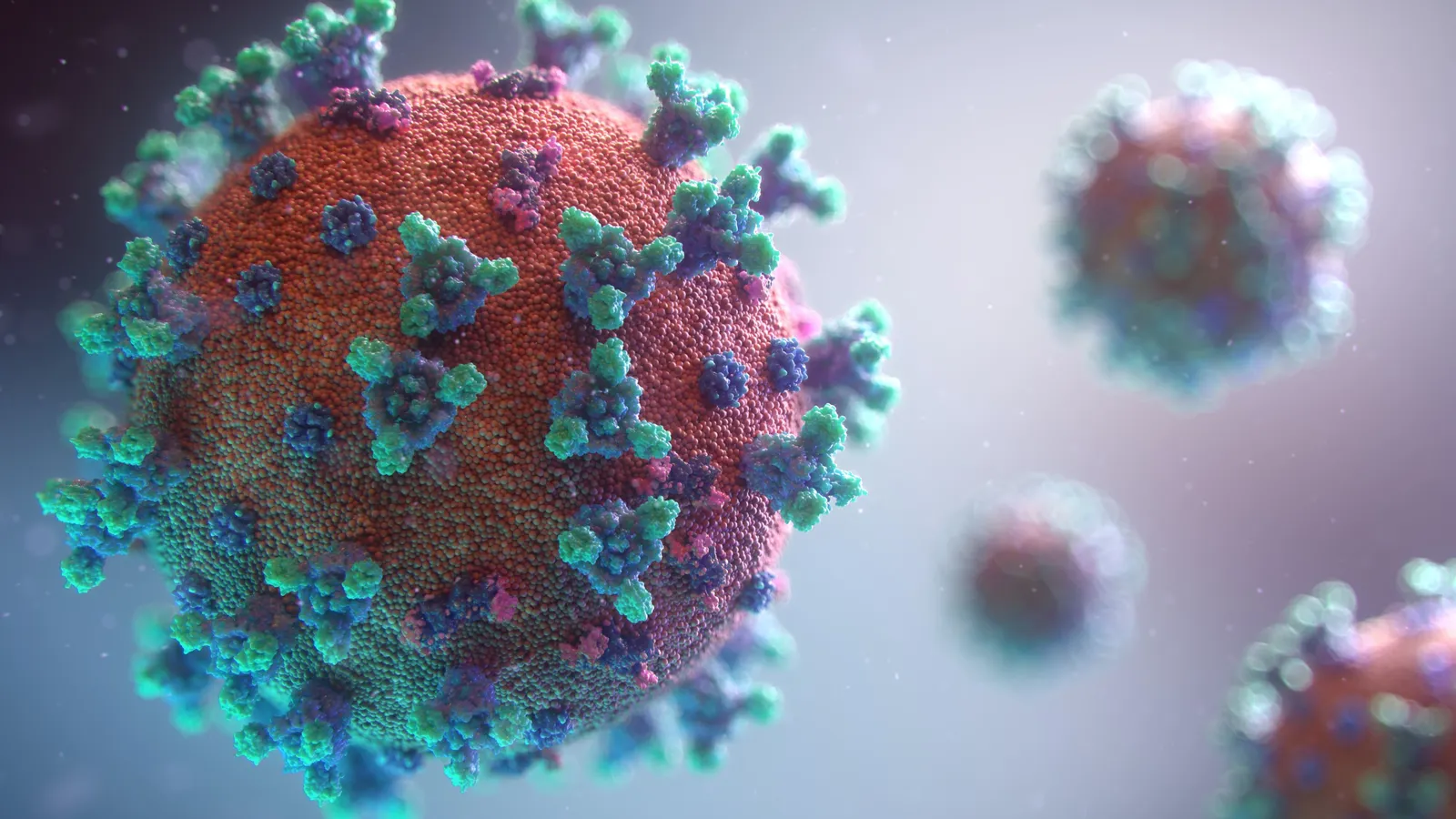
Plasma Exchange, also known as therapeutic plasma exchange (TPE) or plasmapheresis, is a specialized medical procedure used to remove harmful substances from the blood. It works by separating plasma—the liquid portion of blood—from blood cells, discarding it, and replacing it with donor plasma or a substitute such as albumin. This therapy plays an important role in treating autoimmune diseases, blood disorders, and certain neurological conditions where abnormal antibodies or proteins circulate in the plasma.
Plasma exchange has gained significant importance because it can rapidly reduce disease-causing substances in critically ill patients, offering relief in cases where medications alone may not be sufficient.
Blood is made up of red blood cells, white blood cells, platelets, and plasma. Plasma accounts for about 55% of blood volume and carries proteins, antibodies, clotting factors, and waste products.
Plasma function: It transports nutrients, hormones, and proteins essential for immunity and clotting.
Why plasma exchange is needed: In some conditions, plasma contains harmful autoantibodies, toxins, or abnormal proteins that damage organs. Removing and replacing this plasma helps restore balance in the body’s immune and clotting systems.
Plasma exchange is not a treatment for a single disease but a therapeutic intervention for several underlying conditions. Common indications include:
Autoimmune diseases: Conditions such as Guillain-Barré syndrome, myasthenia gravis, and multiple sclerosis relapses.
Neurological disorders: Where harmful antibodies affect the nervous system.
Blood disorders: Thrombotic thrombocytopenic purpura (TTP), cryoglobulinemia, or hyperviscosity syndrome.
Kidney diseases: Rapidly progressive glomerulonephritis or Goodpasture’s syndrome.
Other conditions: Rejection in organ transplantation, severe systemic lupus erythematosus (SLE), and certain toxic ingestions.
The symptoms leading to plasma exchange depend on the underlying condition. For example:
Neurological conditions: Muscle weakness, numbness, difficulty breathing, or paralysis.
Blood disorders: Unexplained bruising, fatigue, confusion, or stroke-like symptoms.
Kidney involvement: Blood in urine, swelling, and hypertension.
Autoimmune diseases: Persistent joint pain, rash, or organ dysfunction.
Patients are usually considered for plasma exchange when standard treatments such as immunosuppressants or corticosteroids are insufficient or too slow to act.
The decision to use plasma exchange is based on a clinical evaluation and laboratory investigations.
Medical history and examination: Assessment of neurological, hematological, or renal symptoms.
Laboratory tests: Blood counts, kidney function, antibody tests, coagulation studies.
Imaging (if required): MRI or CT scans may be used for neurological conditions.
Specialized tests: Autoantibody panels, electrophoresis for abnormal proteins, and biopsy findings (in kidney disease).
The healthcare team determines if plasma exchange is suitable based on disease severity, progression, and patient health status.
Plasma exchange is often part of a broader treatment strategy and is rarely used alone.
Non-procedural treatments:
Corticosteroids
Immunosuppressive drugs
Intravenous immunoglobulin (IVIG)
Supportive therapies depending on the condition
Procedural treatment:
Plasma exchange, performed as a series of sessions (commonly 5–7 over 1–2 weeks).
In some cases, ongoing periodic exchanges are required to manage chronic diseases.
Plasma exchange is usually performed in a hospital or specialized dialysis unit under medical supervision. The steps include:
Vascular access: A central venous catheter is inserted into a large vein (neck, chest, or groin) for blood flow.
Blood removal: Blood is withdrawn and passed through a machine called a cell separator.
Separation: Plasma is separated from blood cells.
Plasma replacement: The removed plasma is discarded and replaced with donor plasma or an albumin solution.
Blood return: The patient’s blood cells mixed with replacement fluid are returned to circulation.
Each session lasts 2–4 hours. The number of sessions depends on the disease being treated and the patient’s response.
Although not a surgery, plasma exchange requires careful monitoring and recovery support:
Observation: Patients are monitored for blood pressure, electrolyte balance, and any adverse reactions.
Diet and hydration: Adequate fluid intake and a balanced diet help recovery.
Medication continuation: Patients often remain on immunosuppressive therapy or disease-specific drugs alongside plasma exchange.
Follow-up: Regular check-ups to assess symptoms, antibody levels, and organ function.
While generally safe, plasma exchange can carry certain risks, including:
Low blood pressure (hypotension) during the procedure
Allergic reactions to donor plasma or replacement fluids
Bleeding or clotting issues, since plasma contains clotting proteins
Infections from vascular access catheters
Electrolyte imbalances, such as low calcium
Fatigue and dizziness after sessions
Close monitoring and skilled medical care significantly reduce these risks.
The outcome of plasma exchange depends on the underlying disease, severity, and timeliness of treatment.
Favorable prognosis: In acute conditions like Guillain-Barré syndrome or TTP, plasma exchange can be life-saving and result in complete recovery.
Variable prognosis: In chronic diseases like myasthenia gravis, it provides symptomatic relief but may need to be repeated periodically.
Critical factor: Early initiation of therapy often leads to better results.
Seek medical attention if you experience:
Persistent muscle weakness, numbness, or difficulty breathing
Unexplained bleeding, bruising, or confusion
Severe fatigue, swelling, or reduced urine output
Flare-ups of autoimmune disease symptoms
Side effects after a plasma exchange session, such as fever, rash, or chest discomfort
Plasma Exchange is a vital therapeutic procedure that helps manage life-threatening and chronic conditions by removing harmful substances from the blood. Though it does not cure the underlying disease, it can provide rapid and significant improvement in symptoms and outcomes when used appropriately.
If you or a loved one are being considered for plasma exchange, consult with a healthcare professional to understand the benefits, risks, and what to expect during and after treatment. Early intervention and proper medical guidance are key to achieving the best possible results.
Chat With Me